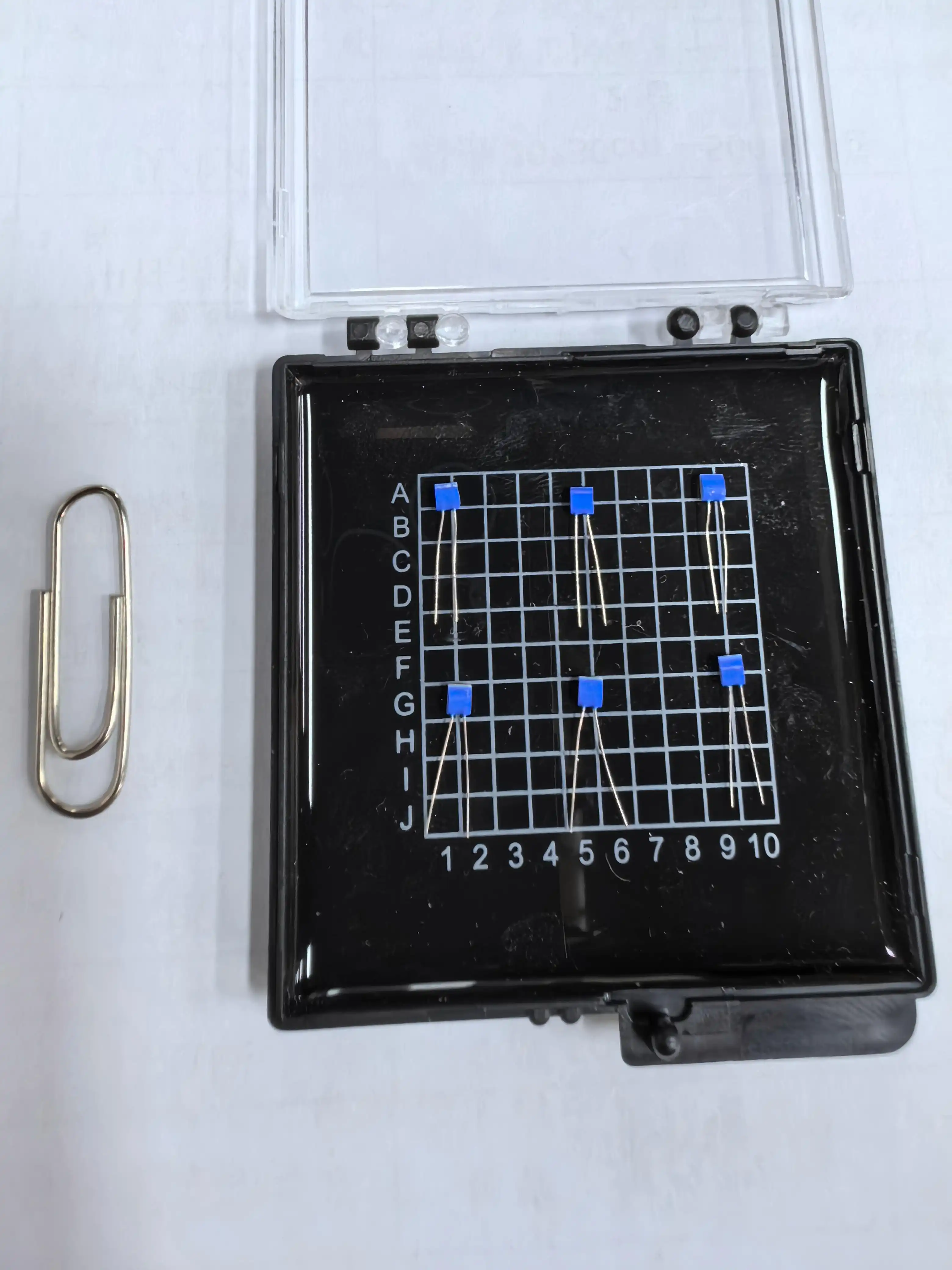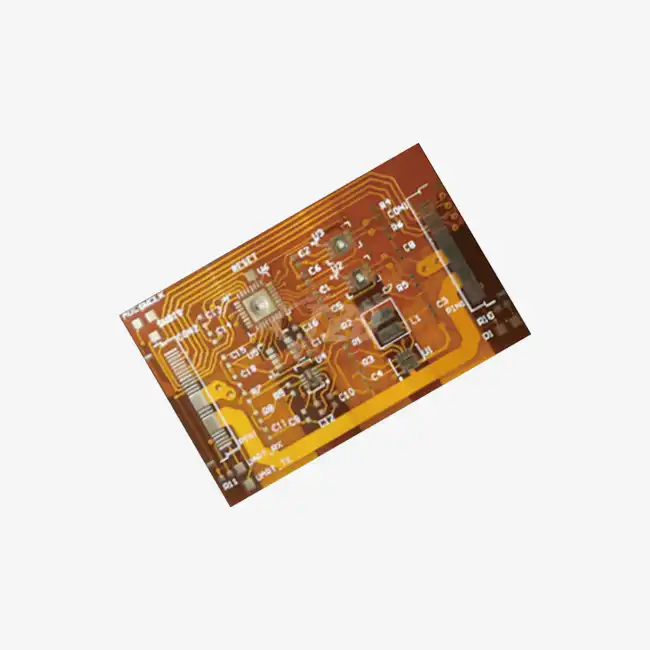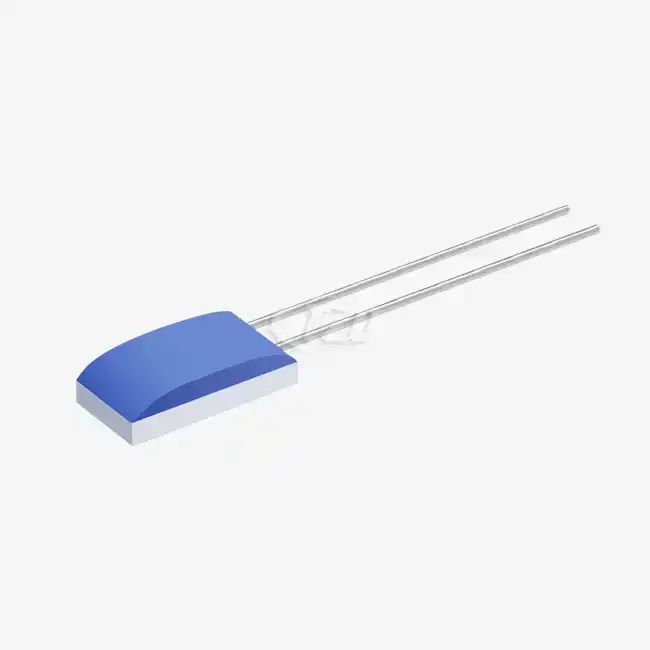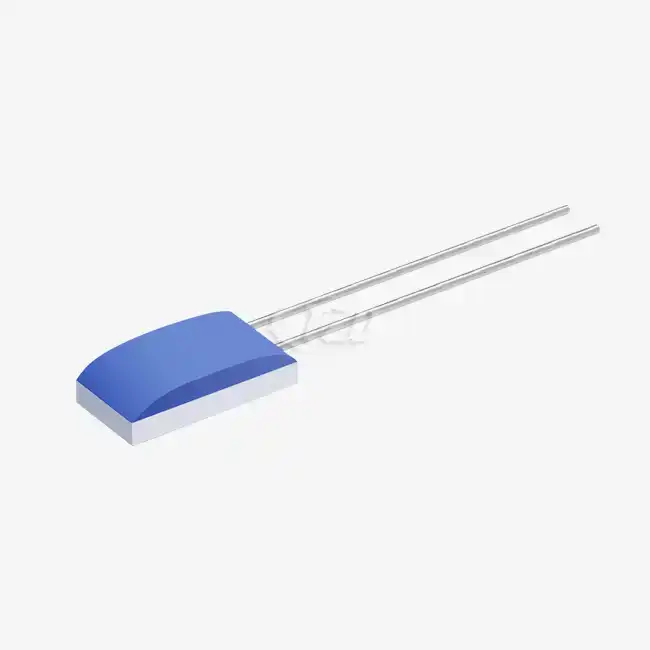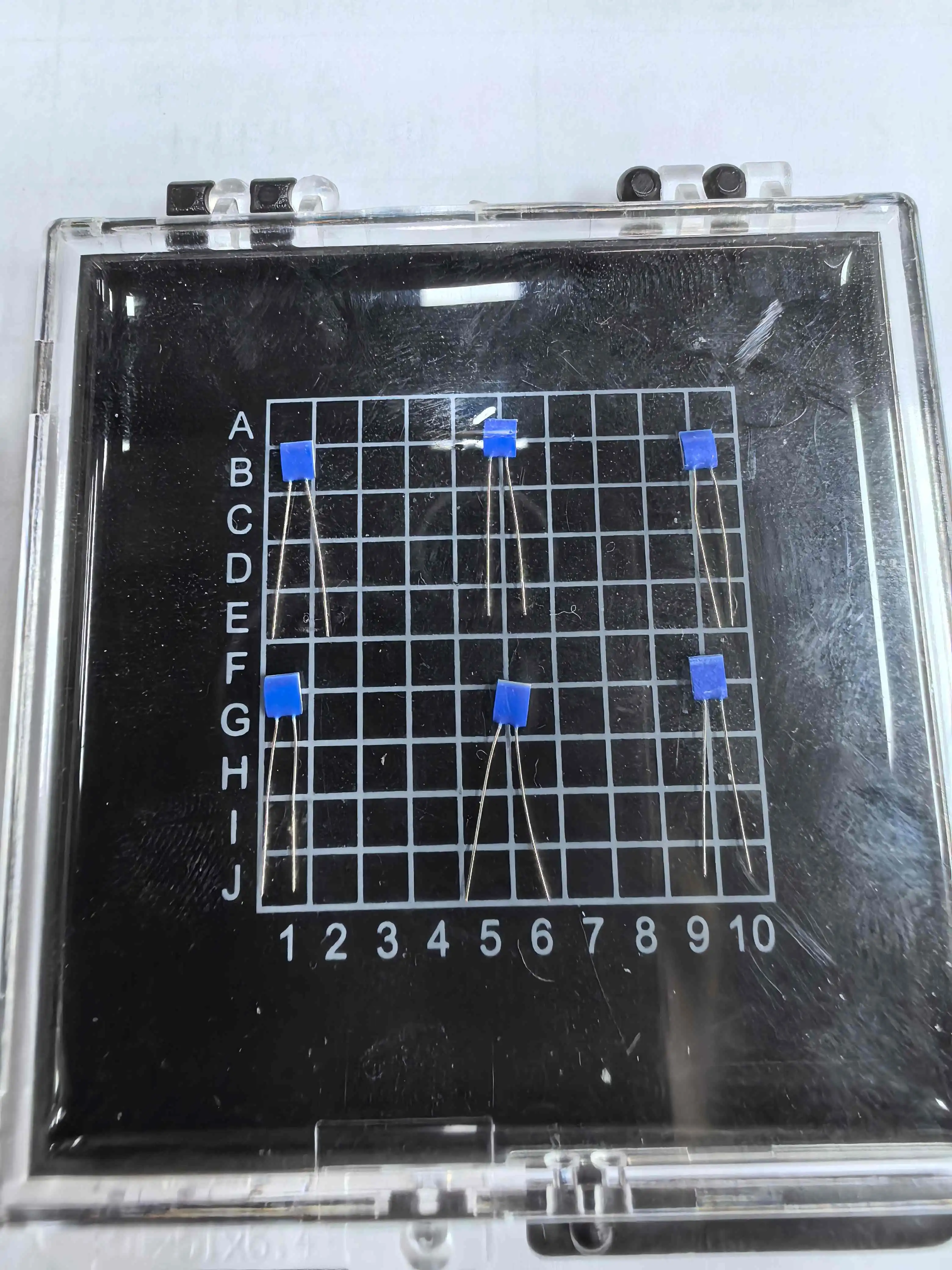Understanding Fixed Thread Type Thermistor Temperature Sensors
Fixed thread type thermistor temperature sensors are specialized devices designed for precise temperature measurement in various applications. These sensors combine the sensitivity of thermistors with the robustness of a threaded housing, making them ideal for installations where secure mounting and accurate readings are crucial.
Components and Construction
The core of a fixed thread type thermistor temperature sensor is the thermistor element itself, which is the key sensing component. This temperature-sensitive resistor is commonly manufactured from semiconductor materials such as metal oxides, known for their reliable and repeatable response to temperature changes. The thermistor is securely housed within a durable metal casing that features external threads, facilitating straightforward installation into threaded ports or fittings. Typically, the housing is made from stainless steel, a material prized for its excellent mechanical strength, corrosion resistance, and ability to withstand demanding environmental conditions over long service periods.
Operating Principle
These sensors work based on the fundamental principle that the electrical resistance of the thermistor element changes predictably as the temperature varies. When the ambient temperature rises or falls, the resistance shifts accordingly in a manner that can be precisely measured. This resistance change is then processed and converted into an accurate temperature reading through a combination of calibration, signal conditioning, and electronic interpretation. The fixed thread design ensures reliable and consistent thermal contact with the surrounding medium, which not only enhances the measurement accuracy but also improves the sensor's response speed to rapid temperature fluctuations.
Applications and Advantages
Fixed thread type thermistor temperature sensors are widely used across numerous fields including industrial automation, HVAC systems, automotive temperature monitoring, and scientific research applications. They offer significant benefits such as high measurement accuracy over specific temperature ranges and rapid response times, enabling timely detection of thermal changes. Their rugged construction ensures durability in harsh or corrosive environments. Moreover, the threaded design simplifies installation and replacement procedures, making these sensors especially favored in systems where maintenance efficiency and reliability are critical.
Comparing Thermistor and Digital Temperature Sensor Technologies
While fixed thread type thermistor temperature sensors offer specific benefits, it's important to understand how they compare to digital temperature sensors in various aspects of performance and application.
Accuracy and Resolution
Thermistors, including fixed thread types, often provide higher accuracy and resolution within a limited temperature range. For instance, a high-quality thermistor can achieve accuracies of ±0.1°C or better in specific ranges. Digital temperature sensors, while generally less accurate, offer consistent performance across a wider temperature span. The choice between the two often depends on the specific requirements of the application.
Temperature Range
Digital temperature sensors typically offer a broader operational range, often from -55°C to +125°C or wider. Thermistors, while more limited, can be optimized for specific ranges. For example, a fixed thread type thermistor temperature sensor might be designed for optimal performance in the 0°C to 100°C range, making it ideal for applications like water temperature monitoring in industrial processes.
Signal Processing and Integration
Digital temperature sensors have a significant advantage in terms of ease of integration with modern electronic systems. They provide a digital output that can be directly read by microcontrollers without additional analog-to-digital conversion. Thermistors, being analog devices, require external circuitry for signal conditioning and conversion. However, this analog nature allows for more flexible circuit designs in some cases.
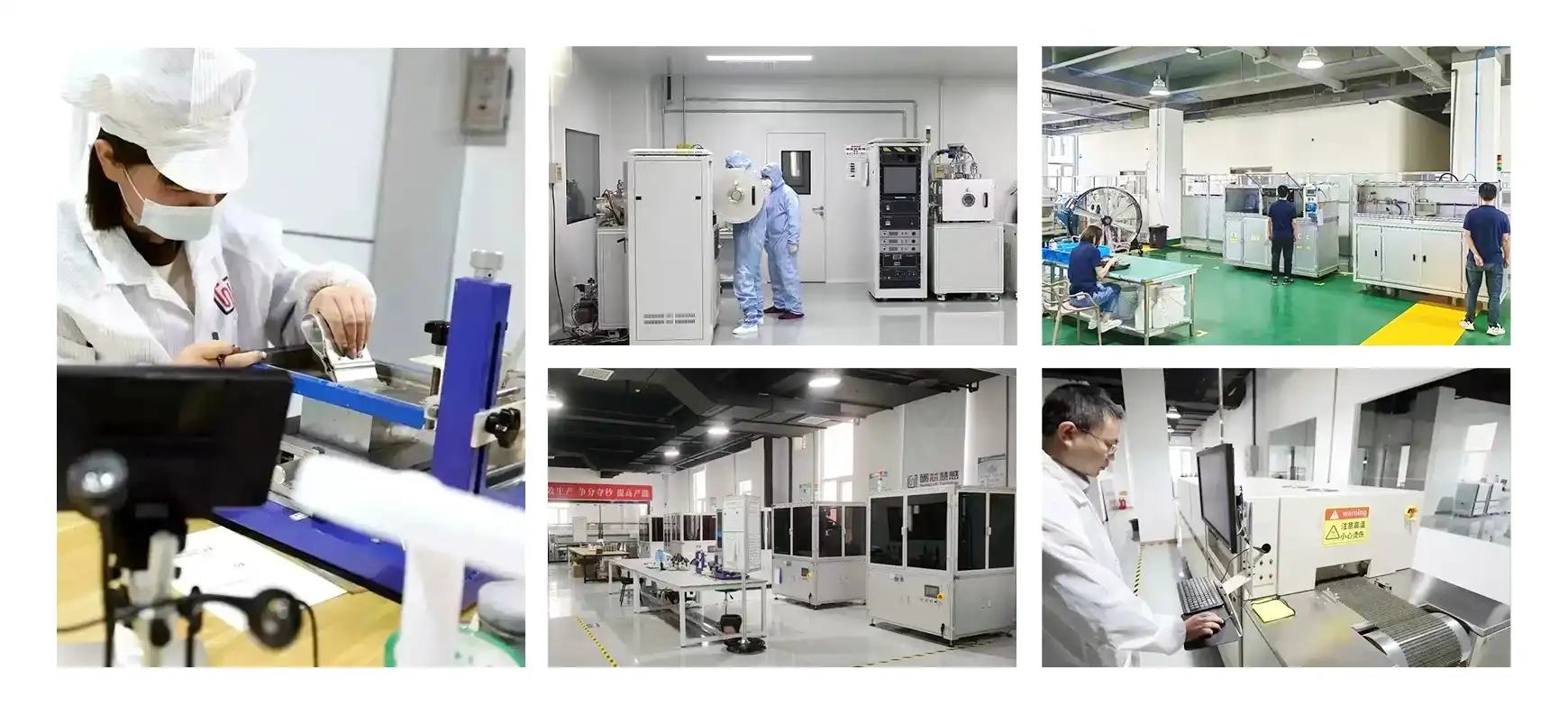
Advanced Features of Modern Temperature Sensing Solutions
The field of temperature sensing is continuously evolving, with both thermistor-based and digital solutions incorporating advanced features to meet the demands of modern applications.
Smart Calibration and Self-Diagnostics
Modern fixed thread type thermistor temperature sensors are increasingly incorporating smart features. These may include on-board calibration data storage, allowing for easy field replacement without recalibration. Some advanced models even offer self-diagnostic capabilities, monitoring their own performance and alerting users to potential issues or drift in accuracy over time.
Connectivity and IoT Integration
With the rise of the Internet of Things (IoT), temperature sensors are becoming more connected. Digital temperature sensors often come with built-in communication protocols like I2C or SPI, facilitating easy integration into networked systems. While traditional thermistors lack this native connectivity, advanced fixed thread type thermistor temperature sensors are now being developed with integrated signal processing and communication capabilities, bridging the gap between analog sensing and digital connectivity.
Environmental Considerations and Specialized Applications
Both thermistor and digital temperature sensor technologies are being adapted for specialized environments. For instance, fixed thread type thermistor temperature sensors are being designed with enhanced pressure resistance, suitable for high-pressure industrial processes. Similarly, digital sensors are being developed with improved EMI resistance for use in electrically noisy environments. The choice between these technologies often comes down to the specific environmental challenges of the application.

Conclusion
The choice between fixed thread type thermistor temperature sensors and digital temperature sensors depends on the specific requirements of each application. Thermistors offer high accuracy and sensitivity in targeted temperature ranges, while digital sensors provide ease of integration and wider operational ranges. As technology advances, the line between these technologies is blurring, with hybrid solutions emerging to combine the best of both worlds. For those seeking expert guidance on selecting the right temperature sensing solution for their needs, reaching out to specialists in the field is recommended. For more information on advanced temperature sensing technologies and custom solutions, contact us at sales11@xatzd.com.
